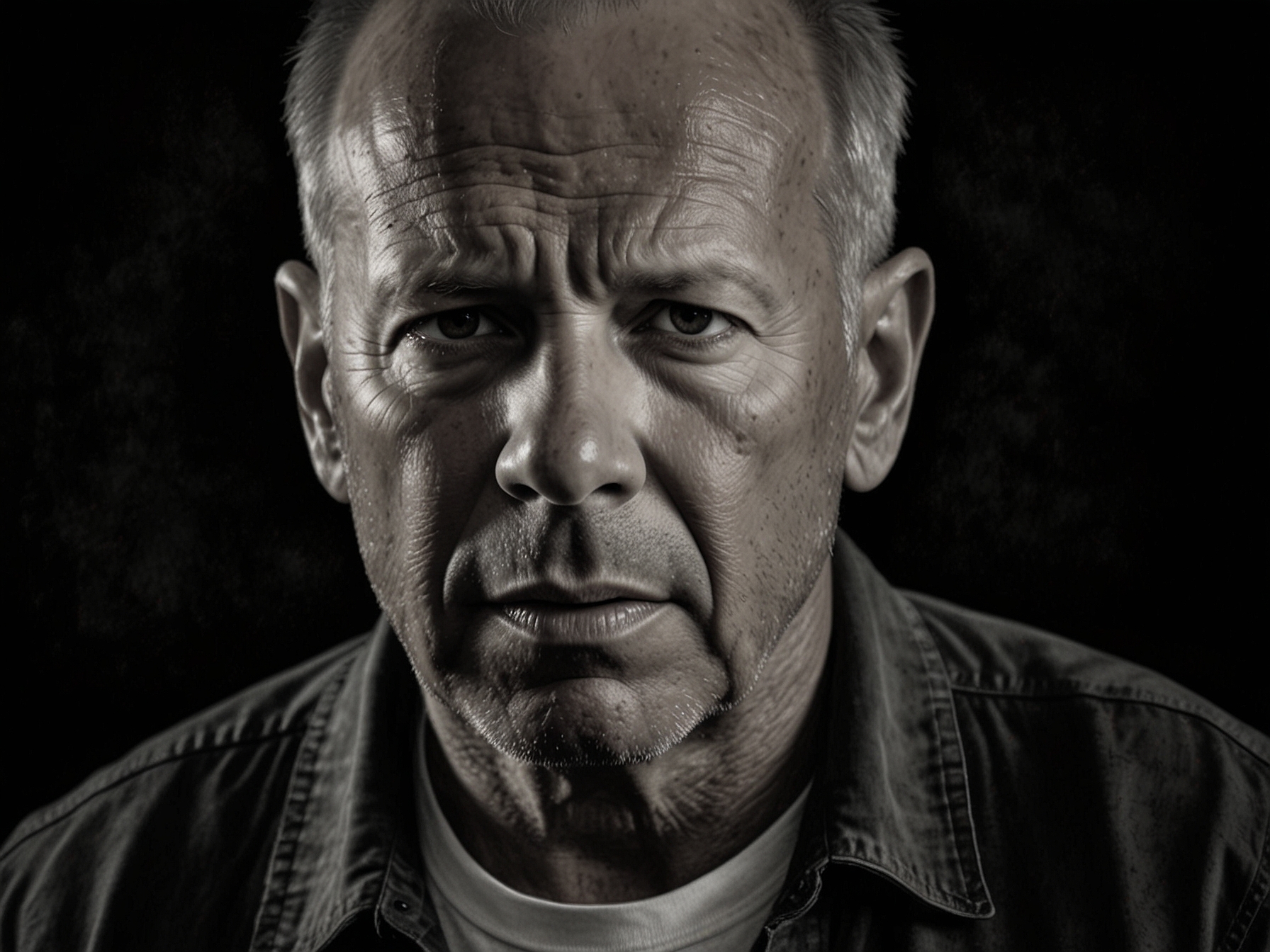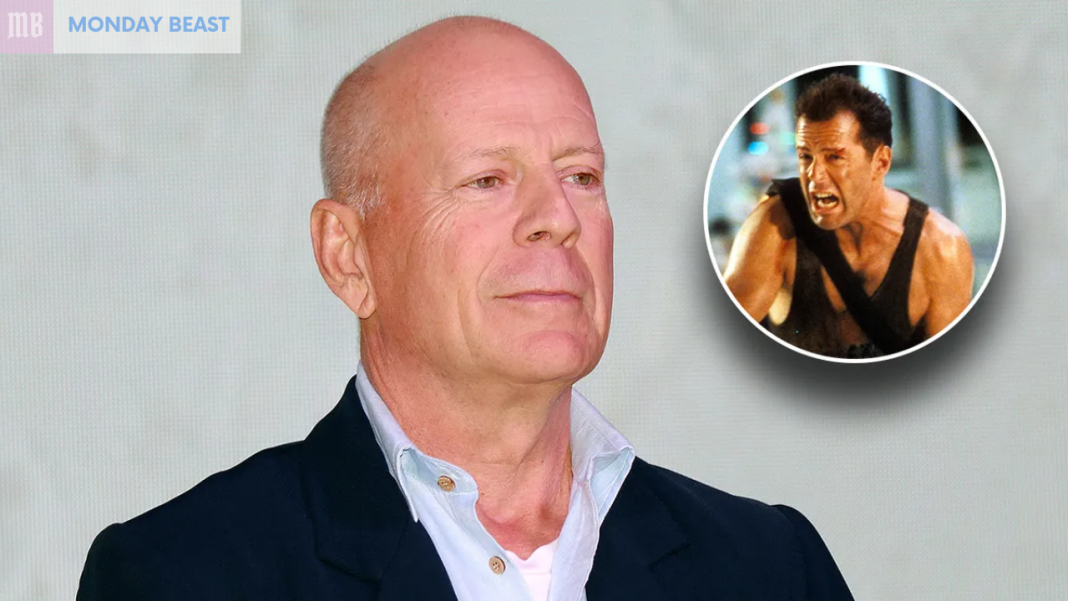Bruce Willis’ journey from action hero to facing dementia offers a glimpse into health issues we often overlook. Have you noticed subtle changes in your loved ones? What if these changes signify a bigger problem?
- Red Carpet Glamour: Highlights from #MAMA2024 in LA
- Ariana Grande’s Oscar Potential: Can She Outshine the Competition in ‘Wicked’?

Dementia can manifest in quiet ways, even in those we admire on-screen. Bruce’s family revealed that his early signs of frontotemporal dementia were mistaken for his lifelong stutter. This highlights a challenge many face: when does a minor change become a major concern?
Initially, his wife, Emma Heming Willis, thought Bruce’s speech changes were just part of his stutter. All those years, he had masked this childhood struggle. When she started noticing shifts in his language, alarm bells didn’t ring.

Could we, too, be missing signs in those we love? Throughout his life, Bruce has demonstrated resilience. Yet, who could expect dementia in someone relatively young?
As Emma put it, “Never in a million years would I think it would be a form of dementia for someone so young.” This raises the question: are we prepared to recognize these signs when they appear?

Frontotemporal dementia affects behavior and language, leaving loved ones grappling for understanding. In Bruce’s case, it started subtly. It’s a reminder that all familiar behaviors can signal deeper issues, especially when intertwined with traits we’ve known for years.
As years went on, Bruce stepped away from acting, revealing his cognitive disorder to the world. This wasn’t just a personal battle; it became a public conversation. The more we know about conditions like FTD, the more we can support those affected.
Willis’ story serves as a call to action. It asks us to be vigilant. Awareness is the first step.
By sharing our experiences, we can help others facing similar challenges. Could this still resonate among families today? We often easily dismiss behavior changes as simply aging.
For Bruce, what seemed typical was a façade for FTD. Now, curious minds want to know more about this misunderstood illness. By shedding light on such issues, we take a step toward collective understanding and support.
Will we heed the call to look deeper into the stories behind those we care for?




